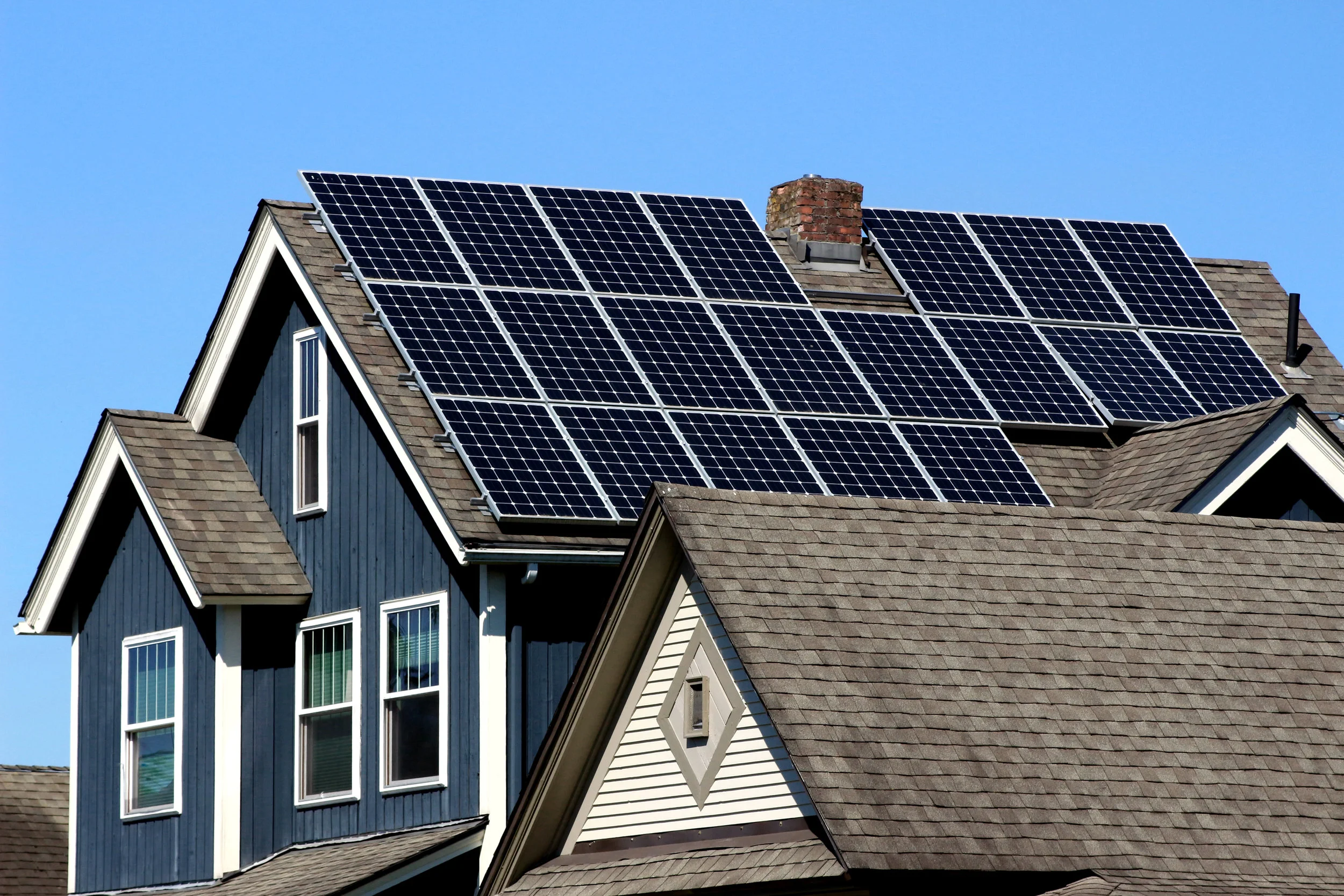Check out this great opportunity to make solar more accessible in Ashland! Courtesy of the City of Ashland, one of the ZERO Coalition's members.
WHAT IS IT?
In December 2017, the Ashland City Council unanimously adopted changes to update the City’s net metering resolution, including a new section which enables a Virtual Net Metering (VNM) policy. In the City of Ashland, VNM is a policy which enables energy produced at one electric meter, to be credited to another meter within the Ashland’s municipal electric utility. The policy expands opportunities for Ashland citizens to develop offsite solar generation (where their own residence may not have good solar access), and to co-develop larger community solar systems with others.
HOW DOES IT WORK?
VNM systems are privately owned and are meant to be developed in much the same way as conventional solar. The primary difference is that the City of Ashland facilitates the billing mechanism which transfers kWh credits from the generator to the recipient. Ashland does not set the terms of the relationship between the project developer/owner, project site owner, and energy recipient. This enables stakeholders to pursue a variety of ownership models, including direct ownership, group ownership, long term power purchase agreements, and subscription models, to name a few possibilities.
WHAT’S THE BENEFIT OF OFF-SITE SOLAR?
Ashland has a quality solar resource, but rugged terrain and a mature urban tree canopy mean that only about 50% of buildings are well suited to solar energy systems. VNM allows solar systems to be installed anywhere within the City’s electric grid, which enables systems to be sized and sited for optimal performance and improved investment. As an added benefit, off-site solar requires no changes to the building where the energy is used, which means no retrofit costs and no visual changes due to panels.
WHO COULD USE VIRTUAL NET METERING?
The VNM policy offers new ways to overcome some well-known barriers to solar. For example, renters can invest in their own renewable energy system and reap the benefits without needing the building owner’s permission and there’s no need to make any physical changes to the building. Community solar (and other joint-ownership) projects will be more feasible and less costly, now that there is an established mechanism to allocate the energy produced. Owners of older buildings with high retrofit costs or which need to maintain a certain look and feel can install solar without modifying their building. Lenders and project owners can develop solar in a protected, off-site environment, which helps to protect the asset and may facilitate transfer of ownership (for example, a share in a jointly owned system could be easily transferred to someone else)
NUTS AND BOLTS
- Solar incentives are unchanged; the City of Ashland offers $0.50/Watt up to $7,500 for qualifying systems.
- Each “Generator Account” must fill out an allocation table (updated once per year) describing how and where the energy will be distributed (on a percent basis).
- Each “Benefitting Account” receives a kWh credit for each kWh produced by the Generator Account on their behalf.
- This program is available only within the Ashland Municipal Electric Utility.
- Ashland has 375 net metered systems in town of approximately 10,300 households (the 2017 population was 20,700).
WHY PURSUE THIS POLICY?
The City of Ashland has supported progressive solar policies since 1981, when it passed one of the first city-wide solar rights, or access, protection ordinances in the United States. Subsequent City solar programs included community solar projects Solar Pioneer I & II, alongside various evolutions of net metering policies.
Ashland’s current solar incentives, combined with the Federal tax credits, have created a thriving market for residential and commercial solar. While the incentives and supportive citizenry do a lot for the solar marketplace, there are still significant barriers for some demographics. The Virtual Net Metering policy is an attempt to reduce barriers for all citizens, but it is an especially enabling for community solar projects, those who have a poor solar resource, and for those who rent.
Current efforts to support solar play a key role in the Ashland Climate and Energy Action Plan, which aims to reduce Ashland’s contribution to global carbon pollution and prepare the city for climate change impacts. Ashland’s Climate Vision for 2050 is to be a resilient community that has zero net greenhouse gas emissions, embraces equity, protects healthy ecosystems, and creates opportunities for future generations. Read more about City of Ashland’s Climate and Energy Action Plan at www.ashland.or.us/climateplan.
Stu Green
Climate & Energy Analyst
Larry Giardina
Conservation Analyst



